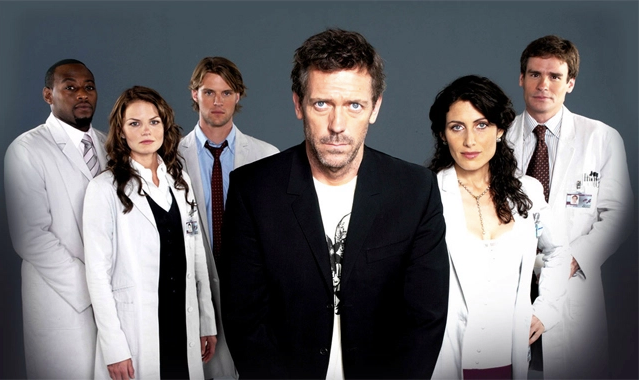The Essence of Science: Unraveling Its Mysteries
Written on
Chapter 1: Understanding the Core of Science
What constitutes the essence of science? How does it differ from mere technology or the accumulation of factual knowledge? Ancient civilizations, like those of China, possessed a wealth of scientific facts—such as the value of pi and the Pythagorean Theorem. However, simply knowing these facts doesn’t equate to having science in the contemporary sense.
One of the most gratifying roles I have is teaching statistics and research methodologies to students pursuing a career in medicine. In today's digital world, access to medical information is just a click away via platforms like Google and Wikipedia. Yet, what truly defines a physician? The critical distinction lies in clinical judgment. One of the primary responsibilities of a physician is diagnosis. Diagnosing common ailments might be straightforward, but the process becomes significantly more complex when faced with unfamiliar diseases or symptoms that have never been observed before.
For fans of the medical drama House, M.D., the intricate process of arriving at the correct diagnosis resembles piecing together a complex puzzle. Each episode introduces a challenging case, requiring Dr. House’s team to brainstorm and formulate hypotheses regarding the underlying issue. They then embark on a process of elimination, where each hypothesis is rigorously tested based on sound reasoning and evidence.
As we delve into the realm of Telemedicine and the potential automation of diagnostics, I often encouraged my students to utilize flowcharts to visualize their decision-making processes. Could robots potentially replace physicians? Is it feasible to encapsulate the diagnostic journey within flowcharts and decision trees? If that were the case, we might anticipate a significant transformation within the medical field. However, in instances of novel diseases, rare conditions, or complications, no standard algorithms exist for accurate diagnosis. Consequently, it seems unlikely that the role of Dr. House will be usurped by machines.
What, then, embodies the essence of science? How does the role of a scientist differ from that of a technician or a machine? I believe that the heart of science is rooted in the ability to think critically, much like a detective, while creatively solving problems akin to a mathematician. These endeavors necessitate higher-order thinking skills, which are challenging to replicate through automation. A detective formulates hypotheses about events and tests them against empirical evidence. Thus, science encompasses two fundamental aspects: (1) crafting theories based on observed patterns, and (2) establishing a reliable framework for testing those theories.
Science progresses only when we can discard erroneous theories and replace them with more coherent alternatives that align better with empirical data. Epidemiology serves as a remarkable example of science in action. Consider the recent Coronavirus outbreak; we sought to understand its origin, transmission, and strategies for combat. This is a classic case of creative problem-solving, where initial confusion is common. Experts initially believed the virus spread through physical contact, leading to extensive sanitization efforts. It wasn’t until later that the airborne transmission theory gained traction, underscoring the necessity for mask-wearing in public spaces.
The true nature of science is often illuminated during the emergence of new challenges. Routine problems with established solutions can be effectively managed by robots and technicians. However, when confronted with unprecedented issues, we must rely on ingenuity and critical thinking. This struggle mirrors the challenges mathematicians face when proving new theorems. For instance, Fermat’s Last Theorem, first proposed by Pierre de Fermat in 1637, remained unsolved and unverified until recently, illustrating how mathematicians have grappled with complex concepts for centuries.
In conclusion, the essence of science lies in creative problem-solving. When faced with uncertainty, what steps do we take? Seasoned scientists possess methods for generating theories and claims. The formulation of new theories demands expertise, creativity, and human ingenuity. Once a theory is proposed, it must undergo rigorous scrutiny and verification by the scientific community. Thus, the essence of scientific work involves the development, examination, and testing of novel ideas, combining both creative and critical thinking. If a claim is presented without the essential process of evaluation and verification, it cannot be regarded as science, even if it holds truth. The soul of science is deeply rooted in scientific reasoning.
Section 1.1: The Role of Diagnosis in Medicine
In the realm of medicine, diagnosis plays a pivotal role in patient care. Understanding its complexities can greatly enhance the medical field.

Section 1.2: The Intersection of Science and Technology
As technology continues to evolve, the relationship between science and technology becomes increasingly significant. How does this impact the medical profession?
Chapter 2: The Impact of Epidemiology on Scientific Progress
In this video, we explore how science has provided insights into the existence of the soul, delving into the intersection of science and spirituality.
This documentary examines whether we can scientifically measure the soul, offering a comprehensive view of the science of the soul.